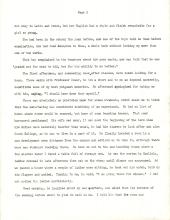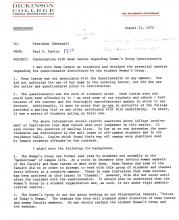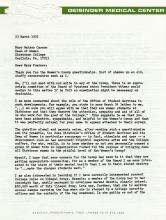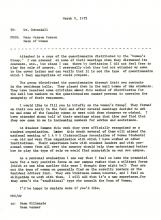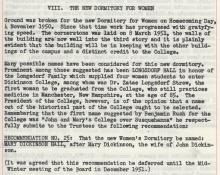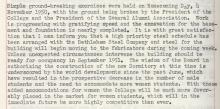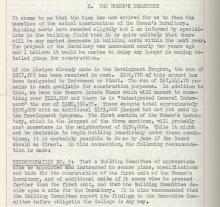"I was a Co-ed": Housing for Early Female Students
Upon her arrival at Dickinson College in 1886, Elizabeth Low was shocked to find that no housing arrangements had been made for female students. Unlike their male counterparts, early female Dickinsonians were not permitted to live in dorms on campus. Moreover, the school had not found housing in town for the young women.

